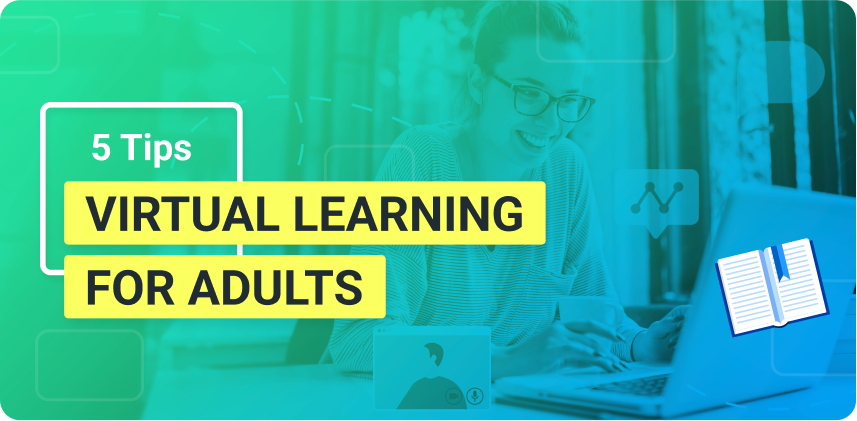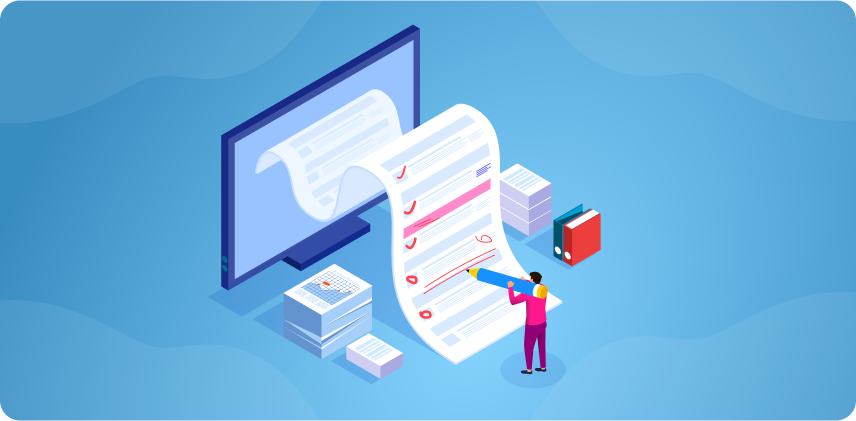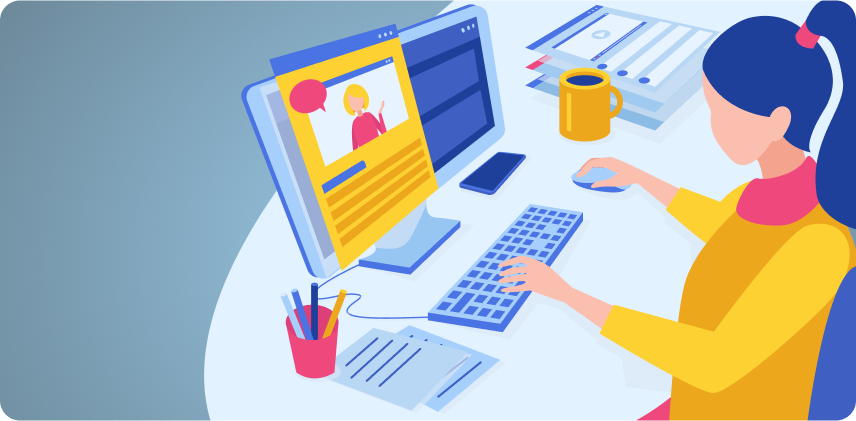Being an online teacher is not easy. Follow these distance learning tips to start teaching online like a pro!
Distance learning has become the new norm amidst the pandemic. Many universities, institutions, and schools have shifted their classes online. The educators have found themselves in a different situation. They have had to adapt to it without time to prepare properly. Whether or not you are new to online teaching, these distance learning tips will surely help you set-up your online class like a pro.
Need more live video tools for your online classes? Download ManyCam today!
Distance learning tips for new online teachers
Shorten your lessons
Distance learning is not like your regular class, so it’s something you will have to adjust to. Until that happens, it’s best if you start small. If you do too much on the first day of online learning, chances are you will get overwhelmed.
If you are not yet familiar with all the online interactive tools, use an email account to ask your students to join the class. Send them any slides or documents by email too. Give yourself time to get used to the online platform. You will get the hang of it eventually.
Acknowledge the differences
While there is a possibility of traditional classroom teaching methods to work in distance learning, avoid approaching both in the same manner. Distance learning has a different set of challenges that you need to consider.
Before starting your lessons, think about your delivery and try to adapt to the new mode of teaching and the medium’s demands.
Take one step at a time
You may be proud of your professional skills and probably want to incorporate them into your online classes. Trying to understand and work with new technology takes time. Instead of trying to do everything at once, and become the best online teacher overnight, take one step at a time.
With each class, as you get more comfortable with the basic tools, you’ll be able to play more with the technology available to enhance your lessons.
Change-up the curriculum
Once you have understood the difference between real-life and a digital classroom, feel free to modify the class curriculum to suit the latter. You can search online to read up on what type of lessons work well for remote learning. While the learning objectives of the curriculum are the same, the route might be a bit different.
Use videos for lessons
This is one of the most crucial distance learning tips – simple PowerPoint slides to teach your class won’t suffice. To hold your students’ interest, you will have to make use of distance learning tools. One of the most effective tools is video. Whether it is a simple YouTube video or a screencast over a Powerpoint presentation, the video offers various benefits for both students and teachers.
Since it is a visual form of teaching, using multiple video sources and delivering a dynamic lesson will keep the students engaged and help them learn more.
There are a few important things you should consider when using a video. For instance, make sure the video isn’t too long. Keep it clear and precise. Get to the heart of the lesson in a couple of minutes. The video shouldn’t be longer than 4 to 5 minutes; otherwise, your students will mentally check-out of the class.
If you plan on making your own pre-recorded videos for the lesson, try not to overthink it. Worrying about how you sound and look will derail you from the point of the class. Also, don’t spend too much time on making one video. It is not about how the video looks. It is about the content. If the quality of the video is good and the audio clear, you are good to go.
Rehearse your lessons
Think about the key points that have to be discussed in the lesson and write them down. Record yourself as if you were delivering the lesson. This will help you familiarize yourself with the live video tools. You can watch it back to analyze the class’s overall flow and if the main points are coming across.
Feedback
For many teachers, it will be a learning experience. After many years of teaching regular classes, distance teaching is a new territory. Naturally, there’s a learning curve. Issues will arise until educators get used to technology.
Nobody is perfect in what they do, and we all could do better with constructive feedback. Ask your students to give you feedback on how you did or how they like the online classes. It will help you address any problems they are facing. If your students are too young, consult their parents.
Key takeaway
These distance learning tips can help you soften the learning curve when it comes to online teaching. The most important thing to remember about live video is that issues will come up along the way. What you can do is learn about the technology you are using, be as prepared as possible, have contingency plans, test everything, and try your best.
To make your distance learning journey smoother, download ManyCam today!






